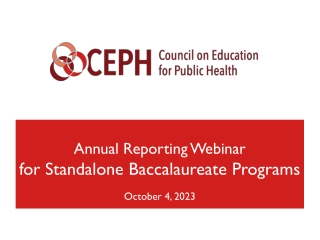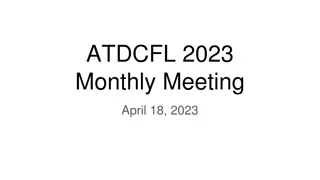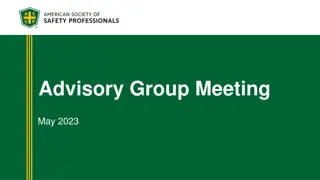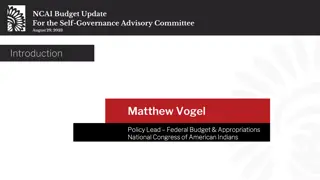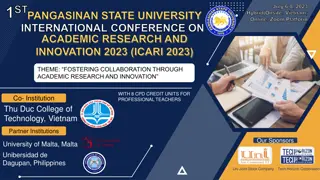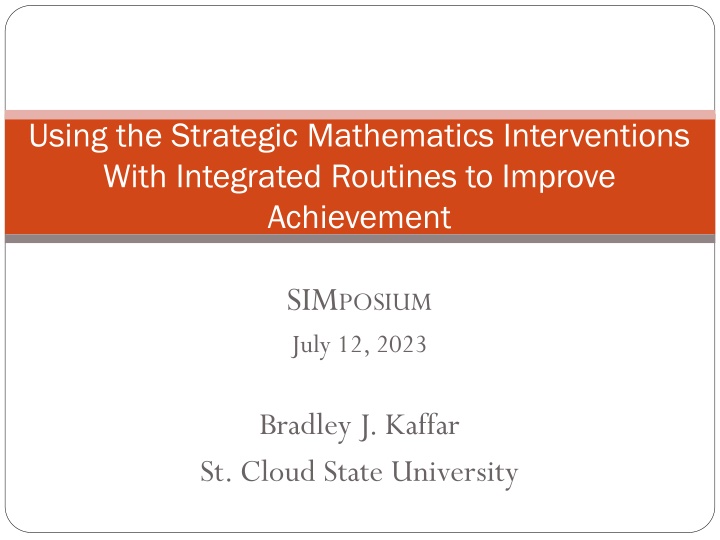
Effective Mathematics Interventions: Strategies for Improved Achievement
Discover evidence-based practices and cognitive strategies in mathematics interventions employing Concrete-Representational-Abstract teaching sequences. Improve conceptual and procedural knowledge through graduated lessons and integrated routines for enhanced student achievement in math.
Download Presentation

Please find below an Image/Link to download the presentation.
The content on the website is provided AS IS for your information and personal use only. It may not be sold, licensed, or shared on other websites without obtaining consent from the author. If you encounter any issues during the download, it is possible that the publisher has removed the file from their server.
You are allowed to download the files provided on this website for personal or commercial use, subject to the condition that they are used lawfully. All files are the property of their respective owners.
The content on the website is provided AS IS for your information and personal use only. It may not be sold, licensed, or shared on other websites without obtaining consent from the author.
E N D
Presentation Transcript
Using the Strategic Mathematics Interventions With Integrated Routines to Improve Achievement SIMPOSIUM July 12, 2023 Bradley J. Kaffar St. Cloud State University
Strategic Math Series https:kucrl.ku.edu/ismi
Advance Organizer Evidence-Based Practices Concrete-Representational-Abstract Teaching Sequence Conceptual Knowledge Procedural Knowledge Declarative Knowledge Explicit Teaching Principles Cognitive Strategies Graduated Sequence of Lessons Multiplication With Regrouping Results of a Field Test Integrated Routines
Introduction Mathematics is challenging for many students, particularly when their difficulties are related to deficits in conceptual and procedural knowledge of numbers and operations and a lack of problem- solving skills. The literature on mathematics interventions reveals improved achievement when teachers use (a) the concrete- representational-abstract teaching sequence; (b) explicit teaching principles; (c) cognitive strategies; and (d) a graduated sequence of lessons to teach computation and problem-solving skills. When evidence-based practices are implemented, students with disabilities and students receiving tiered interventions improve mathematics achievement.
Vocabulary Algorithms are the step-by-step procedures for solving problems. Conceptual knowledge is an understanding of the relationships and connections among operations. Declarative knowledge is the ability to memorize factual information and recall it with automaticity (i.e., fluency). Place value in the base-ten system uses ten digits (0 to 9) to represent a number of items with groups of ones, tens, hundreds, and so on. Procedural knowledge is the ability to use a step-by-step process to solve problems with accuracy. Regrouping is the process of trading, or renaming, a group of ten ones, ten, hundred, and so forth within the base-ten system.
Concrete-Representational-Abstract (CRA) Teaching Sequence Concrete Phase Manipulatives: cubes, chips, or blocks Base-ten blocks Representational Phase Pictures and drawings Squares, lines, and tallies Abstract Phase Numbers only Mnemonic devices
Concrete Phase Concrete phase for multiplication and division
Representational Phase Representational phase for addition and subtraction
Abstract Phase The RENAME Strategy for Subtraction With Regrouping R Read the problem. E Examine the ones column: use the BBB Sentence for ones. N Note the ones in the ones column. A Address the tens column: use the BBB Sentence for tens. M Mark tens in the tens column. E Examine and note hundreds; exit with a quick check.
R Read the problem. 4 5 7 - 2 6 8
E Examine the ones column: use the BBB Sentence for ones. 4 17 4 5 7 - 2 6 8 Bigger number on Bottom means Break down a ten and trade.
N Note ones in the ones column. 4 17 4 5 7 - 2 6 8 9
A Address the tens column: use the BBB Sentence for tens. 14 3 4 5 7 - 2 6 8 4 17 9 Bigger number on Bottom means Break down a hundred and trade.
M Mark tens in the tens column. 14 3 4 5 7 - 2 6 8 4 17 8 9
E Examine and note hundreds; exit with a quick check. 14 3 4 5 7 - 2 6 8 1 8 9 4 17 1 1 8 9 + 2 6 8 4 5 7 1
Explicit Teaching Principles Advance Organizer Describe and Model Guided Practice Independent Practice Problem-Solving Practice Feedback Error patterns are an inability to solve problems with accuracy and may involve a lack of conceptual knowledge or procedural knowledge.
The FAST Strategy for Word Problems Step 1: F Find what you re solving for. Step 2: A Ask yourself, What are the parts of the problem? Step 3: S Set up the numbers. Step 4: T Tie down the operation. Use the RENAME RENAME Strategy for computation with regrouping.
Cognitive Strategies Cognitive strategies (e.g., mnemonic devices) are used in mathematics to help students remember the step-by-step process (i.e., algorithm) for computation and problem-solving. The DRAW Strategy for Computation Step 1: D Discover the sign. Step 2: R Read the problem. Step 3: A Answer, or draw and check. Step 4: W Write the answer.
Graduated Sequence of Lessons Efficient and systematic methods Conceptual, procedural, and declarative knowledge Concrete-representational-abstract teaching sequence Explicit teaching principles Cognitive strategies Problem-solving practice Assessment and mastery
CRA Integrated Addition Within 20 CRA-Integrated 1. Instruction begins with both concrete and representational activities at the same time to solve abstract problems 2. Concrete activities fade from instruction: abstract problems solved with pictures and drawings 3. Representational activities fade from instruction: problems solved with numbers and symbols (abstract) Missing Addend Number Line Place Value Magnitude Commutative Property Word Problems Explicit Instruction Scaffolded Supports Cognitive and Metacognitive Strategies The FACTS Strategy Strategic Math Series
Multiplication With Regrouping Results of a Field Test The results of the study revealed increased mathematics achievement when teachers used evidence-based practices to teach multiplication with regrouping.
Purpose: investigate the effects of evidence-based practices on multiplication with regrouping. Participants: Partial Products (N = 11) Six females Five males Materials: Pre- and Posttests Progress Chart Learning Contract 16 Lessons Base-ten Blocks Place Value Mat Learning Sheets RENAME Strategies Standard Algorithm (N = 11) Six females Five males
Partial Products The RENAME Strategy for Multiplication With Regrouping R Read the problem. E Examine the ones column to make equations. N Note the partial products for ones. A Address the tens column to make equations. M Mark the partial products for tens. E Examine the columns, add, and check.
Standard Algorithm The RENAME Strategy for Multiplication With Regrouping R Read the problem. E Examine the ones column: 10 or more, go next door. N Note the ones. A Address the tens column: 10 or more, go next door. M Mark the tens. E Examine the columns, begin again, or add and check.
Results Computation Accuracy Pretest Mean (SD) 36.36 (25.01) 36.36 (26.93) 36.36 (25.36) Posttest Mean (SD) 81.82 (18.88) 92.73 (11.91) 87.27 (16.38) Partial Products Standard Algorithm Total The results of the ANOVA indicated a significant change in performance across groups, Wilk s = 0.23, F(1, 20) = 68.99,p = 0.00, multivariable 2= 0.78. There was no significant effect difference between groups, Wilk s = 0.96, F(1, 20) = 0.79, p = 0.38, multivariable 2= 0.04.
Results Computation Fluency * Pretest Mean (SD) 14.91 (12.56) 20.27 (17.18) 17.59 (14.94) Posttest Mean (SD) 46.09 (25.31) 50.45 (16.31) 48.27 (20.90) * Correct digits in two minutes Partial Products Standard Algorithm Total The results of the ANOVA indicated a significant change in performance across groups, Wilk s = 0.24, F(1, 20) = 63.07,p = 0.00, multivariable 2= 0.76. There was no significant effect difference between groups, Wilk s = 0.99, F(1, 20) = 0.02,p = 0.90, multivariable 2= 0.001.
Post Organizer Evidence-Based Practices Concrete-Representational-Abstract Teaching Sequence Conceptual Knowledge Procedural Knowledge Declarative Knowledge Explicit Teaching Principles Cognitive Strategies Graduated Sequence of Lessons Multiplication With Regrouping Results of a Field Test Integrated Routines Thank You!


